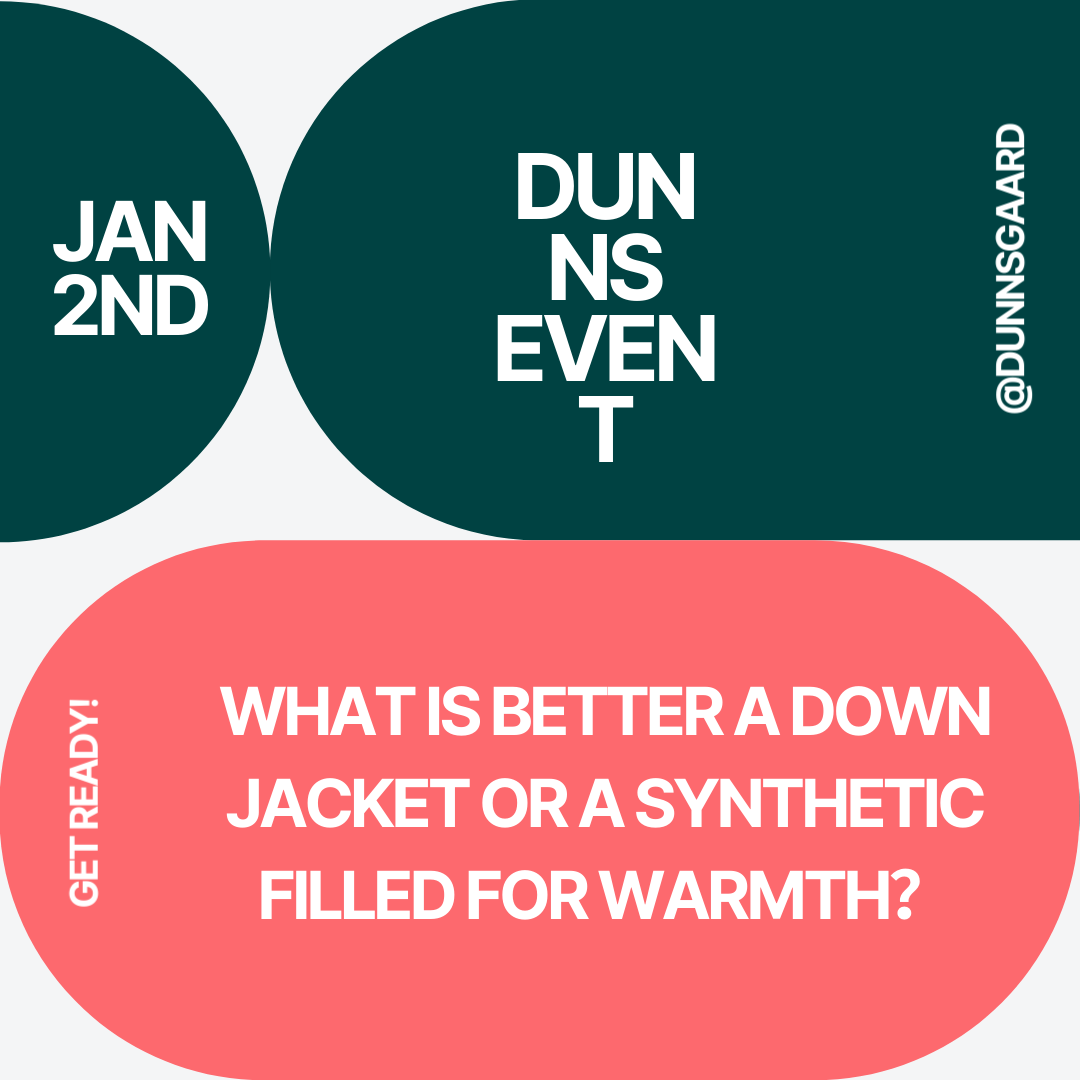
Loose vs. Tight: Which Coat Fit is Best for You?
In early November, a cold wave swept across the country, causing temperatures to plummet in many regions. Just two weeks later, another strong cold front brought another round of temperature drops.
While "righteous spirit" may keep some warm, for most, a down jacket remains the most practical winter warmer.
Down jackets stand out among winter wear for being lightweight and thin, while still providing exceptional warmth. So, how do thin and light down jackets manage to keep us warm? Does a thicker and longer down jacket necessarily mean better insulation? And how can you scientifically choose the perfect down jacket?
Why is a Thin Down Jacket so Warm?
The human body constantly generates heat through metabolism, and to maintain a stable internal temperature, excess heat needs to be released into the surrounding environment.
Heat is transferred in three ways: thermal radiation, conduction, and convection. Thermal conduction occurs when heat moves from a hotter object to a cooler one. Among gases, solids, and liquids, gases have the lowest thermal conductivity, meaning that air can act as an insulator and prevent heat loss.
In winter, low temperatures cause the air around us to circulate. The layer of air closest to the skin absorbs body heat, rises due to lower density, and is quickly replaced by colder air. This is why we feel the chill. To stay warm, clothing is essential. Insulating materials come in various forms, including natural animal and plant fibers, synthetic materials like polyester, acrylic, and polypropylene, and hybrid insulations. Any fiber that traps a significant amount of still air and reduces convective heat transfer can provide excellent insulation.
Down is an animal fiber with exceptional warmth, and currently, no other insulating material surpasses its thermal efficiency. The secret lies in down’s unique structure: spherical fiber clusters with many overlapping barbs, each of which is hollow. These tiny spaces capture a vast amount of still air, creating a superb insulating barrier.
How Does a Down Jacket Keep You Warm?
When you put on a down jacket, the down absorbs body heat, creating an insulating layer of air. The more air the down can trap, the better the jacket’s insulation. Additionally, the outer fabric of the jacket blocks cold air from penetrating, further reducing heat exchange between the air layer in the jacket and the surrounding environment.
The warmth of a down jacket is mainly determined by how much air it can trap when fluffed up and how well its surface can block cold air.
Five Key Indicators for Selecting a Down Jacket
1. Fill Material
The fill refers to the type of down used inside the jacket, typically goose or duck down. These down feathers are incredibly soft and elastic, accounting for only 8-10% of a goose or duck’s total feathers and growing close to the skin under the wings and belly.
Goose down is generally larger and has longer fibers than duck down, offering slightly better insulation. However, the difference isn’t absolute, and duck down is usually sufficient for most needs. Goose down also tends to have a less noticeable odor because geese are herbivores with lower oil content in their feathers, while ducks are omnivores. Goose down is more expensive due to its scarcity. The color of the down—white or grey—does not impact warmth, though white down is often preferred for lighter-colored fabrics.
2. Down Content
Down is a combination of down clusters and feathers, with the clusters providing the primary insulation. The down content percentage indicates how much of the total fill is made up of down clusters. For example, if a jacket has a 90% down content, it means 90% of the fill is down clusters, and the remaining 10% is feathers. According to regulations, a garment must contain at least 50% down to be classified as a down jacket. Higher down content generally means better warmth.
3. Fill Weight
Not to be confused with down content, fill weight refers to the total weight of the down in grams. Even if a jacket has a high down content, a low fill weight can compromise its warmth. The fill weight should be considered alongside the jacket’s overall surface area—a short jacket with the same fill weight as a long, knee-length jacket will not be as warm.
4. Fill Power
Fill power (FP) measures a down's ability to trap air and is a key indicator of insulation. It refers to the volume in cubic inches that one ounce (30 grams) of down occupies. For example, if an ounce of down fills 800 cubic inches, its fill power is 800.
Most down jackets have fill power ratings of 550, 600, 700, 800, or 900. Higher fill power translates to better insulation, as more trapped air means better warmth. If the label doesn’t specify fill power, you can check by laying the down garment flat, letting it rest for three minutes, and then pressing it down. If it quickly returns to its original shape, the fill power is likely good.
5. Fabric
Down jackets lose much of their insulation when wet, as moisture collapses the down clusters. Therefore, fabric selection is critical. Fabrics that lack sufficient down-proofing or have large stitching holes will result in a jacket that loses thickness over time.
Down jacket fabrics are evolving rapidly. Features like wrinkle resistance, windproofing, and water resistance are becoming standard. For example, PTFE fabrics are excellent for waterproofing, wind resistance, and moisture control, while cotton with a PU coating offers a soft touch, good breathability, and sweat absorption. Some brands even use reflective materials inside to reduce radiant heat loss, further boosting warmth.
Stay Warm this Winter: Expert Tips on Choosing the Perfect Down Jacket
By Idde Guo, Dunnsgaard Operator







